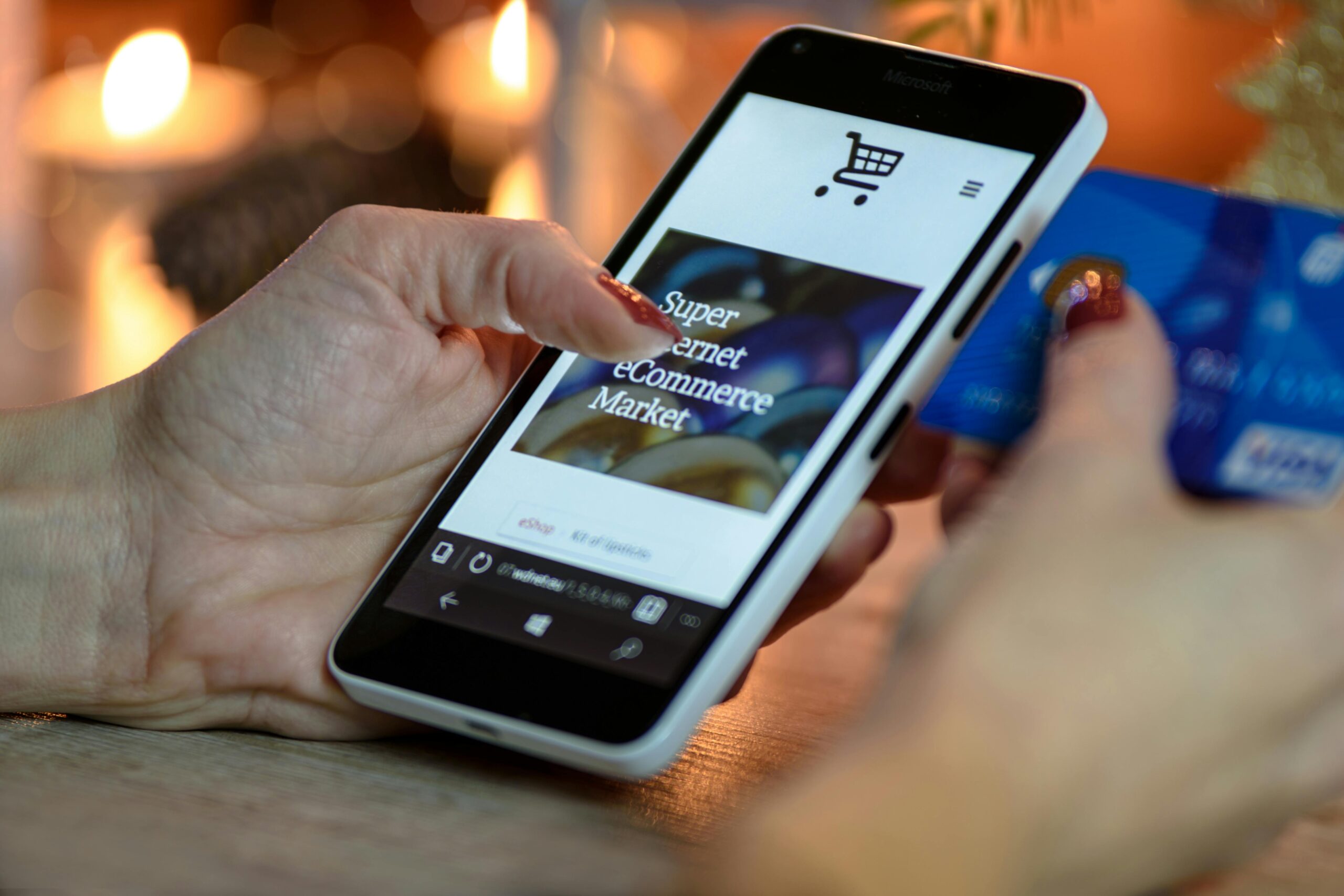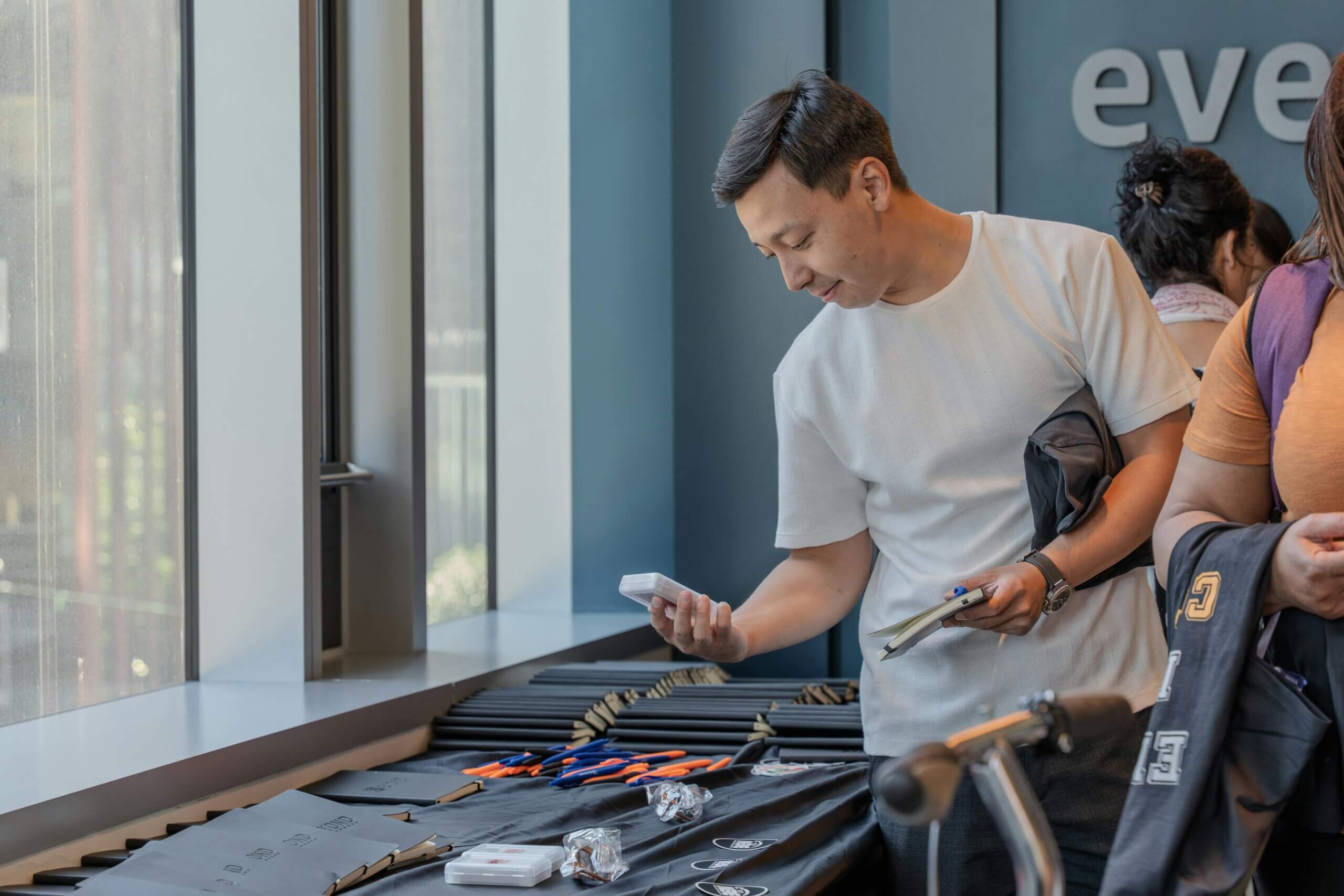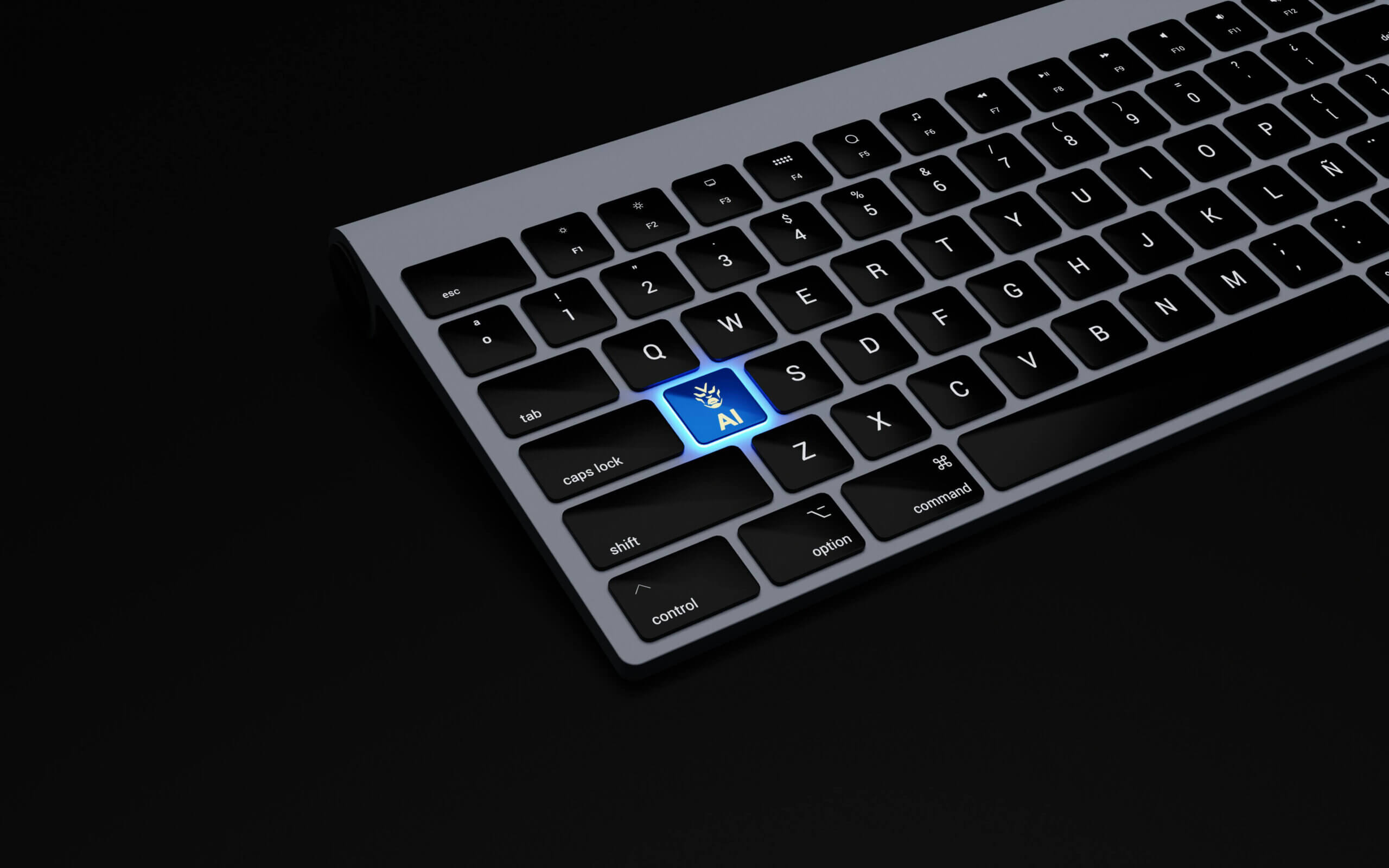
Julia Pirogova
Art Director - ReVerb
09.11.2023
Website lightboxes have become an integral element of modern web design.
This simple element has the power to enhance user experiences, thus helping businesses convey information more effectively.
In this post, we’ll explore the concept of website lightboxes, investigating their relevance, benefits, and best practices while answering the most common questions on this topic.
What Is A Website Lightbox?
A website lightbox, or lightbox pop-up, is a user interface component that overlays a web page’s main content, dimming the background and bringing the user’s attention to a specific message, image, or form.
This lightbox is often used for various reasons and can contain multiple types of material, such as photographs, videos, forms, or messages.
Why Use Website Lightboxes?
Website lightboxes serve multiple purposes in modern web design, making them an essential tool for website owners and designers.
Below are some primary reasons to use them.
1. Capturing visitor attention
In a cluttered digital environment, grabbing your visitor’s attention can be challenging. Website lightboxes effectively direct users’ attention to a specific message or call to action, ensuring that important information is not overlooked.
2. Promoting special offers
Companies commonly use lightboxes to promote discounts, limited-time offers, or exclusive deals. Displaying these promotions in a prominent lightbox can significantly boost conversions and sales.
3. Gathering user feedback
Web designers use lightboxes for user feedback forms, surveys, and contact options. It allows businesses to engage with their audience and collect valuable insights.
4. Building email subscriber lists
One of the most common uses of website lightboxes is encouraging visitors to subscribe to newsletters. Lightboxes with appealing offers or lead magnets can rapidly grow your email list.
How Do Website Lightboxes Work?
Website lightboxes are typically created using HTML, CSS, and JavaScript. Here’s a simplified overview of how they work:
- HTML structure. Web designers often represent lightboxes as a separate <div> element in the HTML structure, initially concealing them from view.
- CSS styling. CSS is used to style the lightbox and create the overlay effect that darkens the background.
- JavaScript interaction. JavaScript is necessary to control when and how the lightbox appears. This programming language supports animations, timed delays, and user actions like clicking a button or dismissing a lightbox.
- Content integration. Content, such as images, forms, or videos, is embedded within the lightbox’s HTML structure.
- Trigger mechanism. Lightboxes can be triggered to appear based on user actions like clicking a button, scrolling down the page, or after a set time delay.
Best Practices For Using Website Lightboxes
Follow these suggestions to be sure that website lightboxes perform their purpose efficiently and give a great user experience:
- Timing matters. Refrain from overwhelming users with immediate lightbox pop-ups. Allow them some time to explore your website before presenting a lightbox, and consider exit-intent triggers to re-engage those leaving the site.
- Keep content relevant. The content within your lightbox should be directly related to the page the user is on. Irrelevant content can be intrusive and may lead to higher bounce rates.
- Mobile optimization. Ensure that your lightboxes are responsive and user-friendly on mobile devices. Pop-ups that are hard to close or disrupt the mobile experience can frustrate visitors.
- A/B testing. Experiment with different lightbox designs, triggers, and content to determine what resonates best with your audience. A/B testing can help refine your approach.
- Easy exit options. Make it simple for users to close the lightbox if they’re uninterested. A prominent close button or a click-anywhere-to-close feature is a user-friendly choice.
- A clear and compelling call to action (CTA). Your lightbox should feature a clear and enticing call to action. Button to claim an offer, subscribe, or complete a form — the CTA should be easily noticeable and motivate users to take action.
- Limit frequency. Avoid showing the same lightbox to the same user repeatedly during a single visit. Excessive pop-ups can be annoying and may lead to a negative user experience.
- Provide value. Ensure that the content presented in the lightbox provides genuine value to the user. Whether it’s an exclusive discount, a valuable piece of information, or an engaging video, the content should be worth the user’s time.
- Consider localization. If your website caters to a global audience, consider tailoring your lightboxes to different regions and languages. It demonstrates that you understand and respect the diversity of your users.
- Monitor performance. Regularly analyze the performance of your lightboxes. Use web analytics tools to track conversion rates, bounce rates, and user interactions. This data will help you refine your lightbox strategy over time.
The Potential Of Website Lightboxes
As web design and user experience evolve, website lightboxes are likely to adapt to new trends and technologies. It’s essential to stay updated with best practices and ensure that lightboxes remain an effective tool for your website.
Lightboxes can balance user engagement and retention, and respecting the user’s experience is paramount.
Conclusion
Website lightboxes are a useful and adaptable component of current web design. They are excellent at attracting user attention and serve to promote special deals, gather user feedback, and build email subscriber lists.
Web designers may leverage the full potential of website lightboxes to enhance user experiences without being obtrusive by following best practices and being responsive to shifting trends.
Website lightboxes remain an essential tool for effective online communication and engagement as web design approaches advance.




